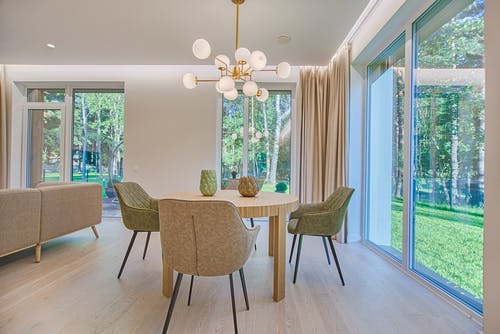Whether Upgrading, Downsizing or Relocating there are a lot of things to consider and the order in which events happen is an critical when planning to Purchase one Property and Sell your Existing Home. In this article we will cover just some of the aspects of your lending that should be considered when making the big move.
Before Selling, After Selling or Simultaneous?
The first important decision to consider is whether you intend to:
- Purchase your new property and then sell your existing
- Sell your existing and then purchase your new property
- Conduct your sale and purchase at the same time (Simultaneous Settlement)
This is an important decision because depending on whether you choose Option 1, Option 2 or Option 3 above, the type of loan and lender eligibility criteria will vary. To help you with some considerations, we have noted below some of the Pros and Cons for each scenario.
Option 1: Purchase your new property and then sell your existing
Purchasing your new property and then selling your existing has the benefit of a seamless relocating process. This means that you will continue to reside in your current home whilst you locate a new home. Once you have located and settled on your new home you will have access to both properties allowing you to relocate and transition from one to the other.
Pros
- Relocate only once from the existing home to the new home (Convenience)
- Reduced cost of moving furniture to multiple locations
- Allows time to sell your home for the right price with no rush to sell(if your affordability allows you to hold both properties long term)
Cons
- Loans against both properties will be active at the same time (Increased Interest Charges)
- Eligibility to complete this would rely on either
- Meeting your lenders affordability test for both loans; OR
- Utilising a lender for a Bridging Loan which will very likely have higher fees and interest
- If cashflow to hold both properties is tight, you may be under pressure to accept an offer on selling your existing home for less than you would like
- Deposit and contributions towards the new property will need to be provided from your savings or released as equity from your existing home
This option is generally better suited where income and cashflow within the household is very strong and affordability to maintain both properties and associated loans can be demonstrated on an ongoing basis to allow no presure in place to sell the existing home for a price lower than preferred.
Option 2: Sell your existing home and then purchase your new property
Selling the existing home first before acquiring your new home is often considered the most cost effective manner of Upgrading, Downsizing or Relocating as it allows you to sell your existing home and clear any associated loans before seeking a new property and establishing your new debt.
Pros
- Reduced Interest and Fees by only having loans against one property at any one time
- Allows flexibility of time to locate the right property to move into as well as time to sell your property for the right price.
- Deposit may be available for your new purchase from the sale of your existing home
Cons
- Likely need to relocate yourself and furniture out of the existing home into a new premises or storage, before again relocating into your new home
- Potential for incurred expense of a rental premises until a new property is located which may also impact timelines (Rental Lease terms, etc)
This option may be preferable for those who may not have the cashflow to afford 2 properties and loans simultaneously and have somewhere they can live in the interim with no or minimal costs (eg, with parents, etc).
Option 3: Conduct your sale and purchase at the same time (Simultaneous Settlement)
Selling your existing home and purchasing your new home on the same day, also known as a Simultaneous Settlement, can be a complex matter as it involves all parties involved in the transaction to be ready at the same time. Whilst this has convenience it may also open the door to complications along the way.
Pros
- Relocate only once from the existing home to the new home (Convenience)
- Reduced cost of moving furniture to multiple locations
Cons
- The contract for your purchase and your sale need to have the same settlement date which may be difficult to negotiate and could result in either
- Potentially paying a higher price on the property purchased (to pursuade the vendors to abide by your timelines; OR
- Potentially selling at a lower price on the property sold (to pursuade the purchasers to abide by your timelines)
- Risk of the first contract being signed (either purchase or sale) and then not meeting the new contracts requirements
- Potential for issues to occur due to multiple parties which may result in penalties or late charges being imposed on you from the flow-on effect
This option has risks and may result in a ‘fall-back’ to Option 1 or Option 2 in case the timlines don’t work or any issues occur which don’t allow the settlement to occur simultaneously.
If you are considering Upgrading, Downsizing or Relocating and would like to understand the implications of either of these options on your specific scenario, Schedule some time with the Home Loan Team .




